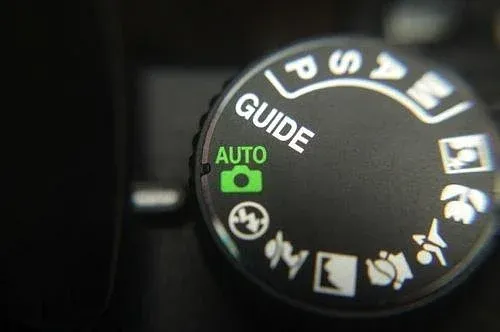Platform
Use Cases
Many Possibilities. One Platform.
AI and Automation
The Always-on Incrementality Platform
Solutions
Teams
Built for your whole team.
Industries
Trusted by all verticals.
Mediums
Measure any type of ad spend
Use Cases
Many Possibilities. One Platform.
AI and Automation
The Always-on Incrementality Platform
Teams
Built for your whole team.
Industries
Trusted by all verticals.
Mediums
Measure any type of ad spend

We recently got four industry thought leaders together for a roundtable discussion about the conflicting powers at play, setting up the right incentives for a growth team, discussing when giving up control makes sense and so on.
The participants were: Tim Koschella - Kayzen, Krisztina Simon - Product Madness, Adam Jaffe - Studio Firefly, and Maor Sadra - INCRMNTAL
We summarized the content of the roundtable in this blog post, but if you prefer to watch it on video or to listen to the audio version, you can check out the roundtable Video or Podcast

The role of the marketer changed dramatically over the past ten years – evolving from a “media buyer” to a person who’s responsible to define strategy, analyzing performance, running tests to find new sources of inventory, and use their company’s resources in a responsible way to help the company grow rather than just “buy media”.
When giving up control over optimization and targeting decisions, while feeding media vendors with conversion postbacks, a marketer is basically telling their vendor: “I don’t care” and “it’s fine if you just target users that are already likely to convert” 404
Growth marketers are in a continuous search for new sources of inventory to attract new additional users.
The marketer always has more knowledge and information about their own product than the platform they use to buy inventory.
Marketers NEED control now more than ever.

Most cameras have an “automatic” mode, where the camera makes all decisions for you. The result can be good, but you’ll NEVER see a professional photographer using auto mode.
Auto mode is just like mentioned above – a way for you to say: “I don’t know what I’m doing. Can you do everything for me?”
And while it may produce good results – you learn nothing from it and won’t learn how to take a good picture if the conditions change.
Learning from your marketing activities is key for success. No one has ever been fired for trying to do better again and again.
Today, marketers rely almost exclusively over giving credit by last-touch attribution, which means that losing control and relying exclusively on who touched the user last can lead to very bad results in the long term.

Incentives have acted as a driving force for marketers to give away control.
If incentives were set as short term paid marketing goals – many marketers would choose not to experiment and try to produce incremental results – but settle for results that look good on reports, while adding little to no value.
There was a very good research about incentives showing that incentives don’t work for complex jobs, unless they are sporadic and very large.

Automation doesn’t/can’t/shouldn’t replace strategy. Same as a self-driving car can’t decide where you want to go – your marketing automation shouldn’t either.
Automation is a tactical/operational tool to support the marketer by executing the strategy they defined.
Platforms today can provide you with recommendations for what you should or consider to do, but it’s still your role to make decisions as the person executing or coming up with your own company’s strategy.
Marketers need to remember that there are two sides in our industry – Demand and Supply. Or better yet: Demand vs. Supply.
It’s a game between these two sides where the rules are defined by market dynamics where both sides have weapons to win the game.
If the only thing you can control from your media vendor is when do you get your invoice – you have zero control.
If you use the vendors platform to manage your own campaigns – you do not have full control.
Only when you’re using a platform who’s whole purpose is to allow you to manage and control your activity – only then, you have full control.